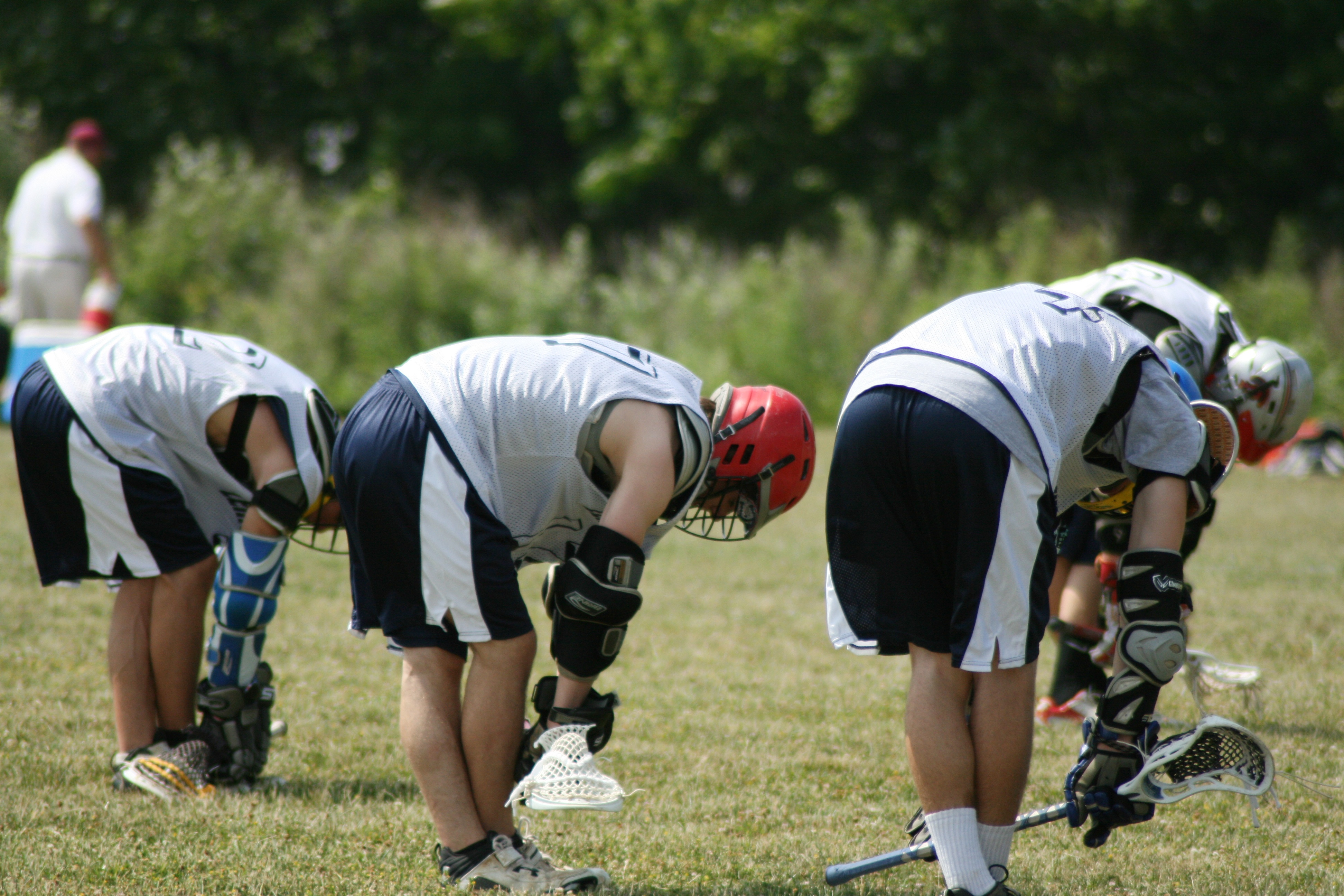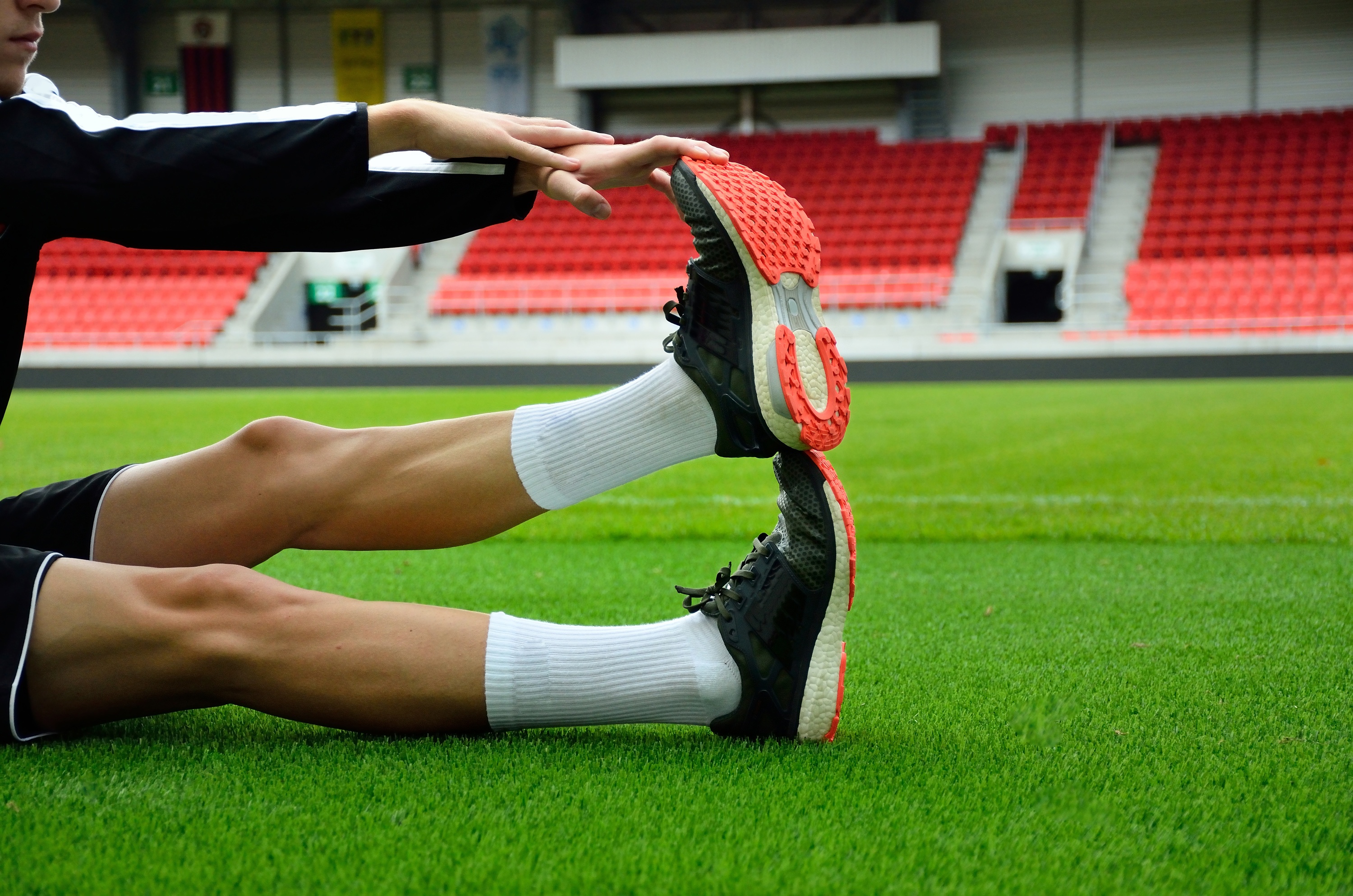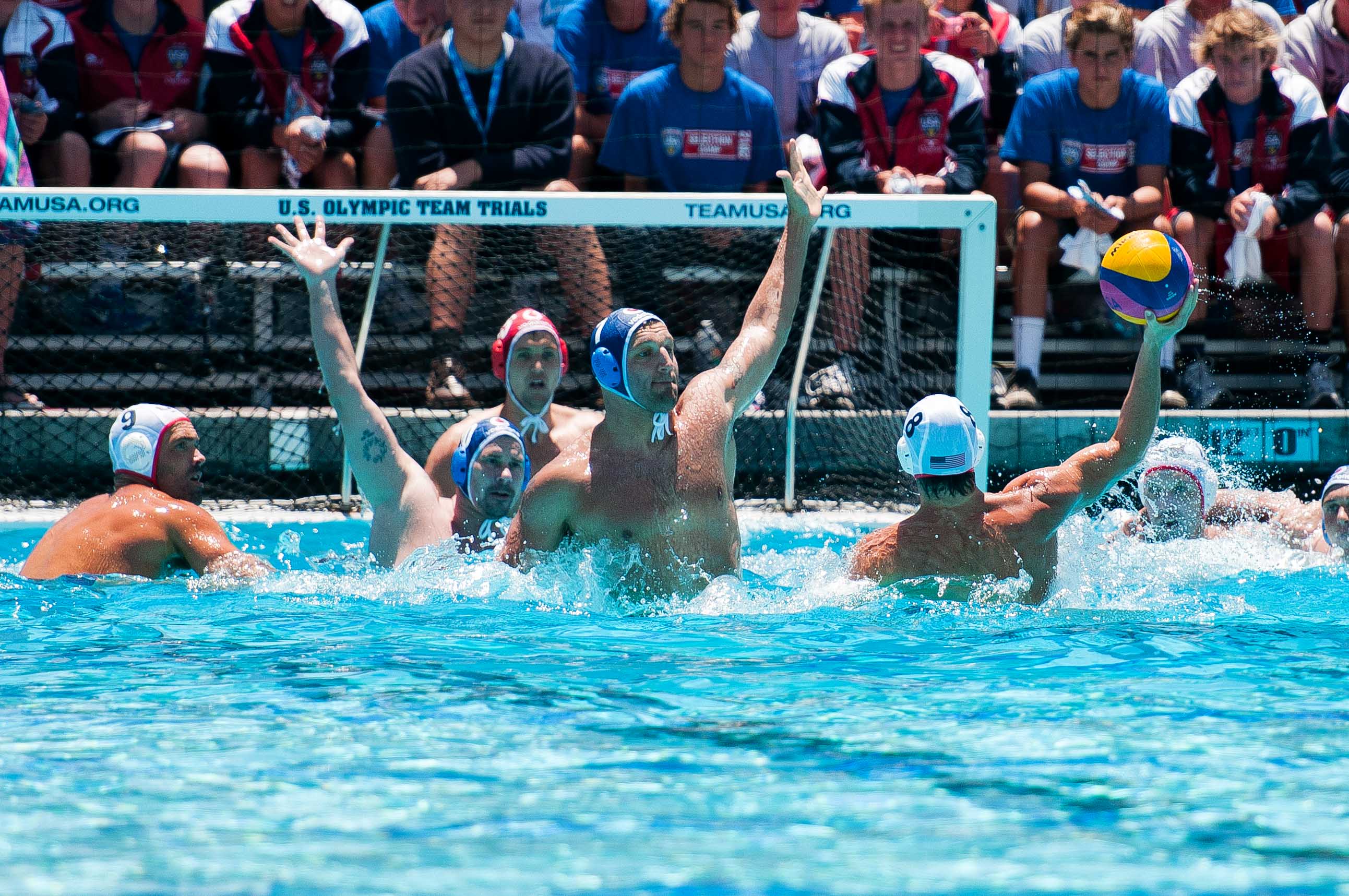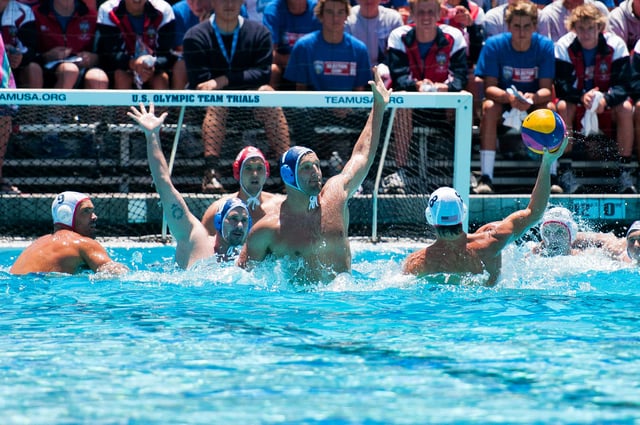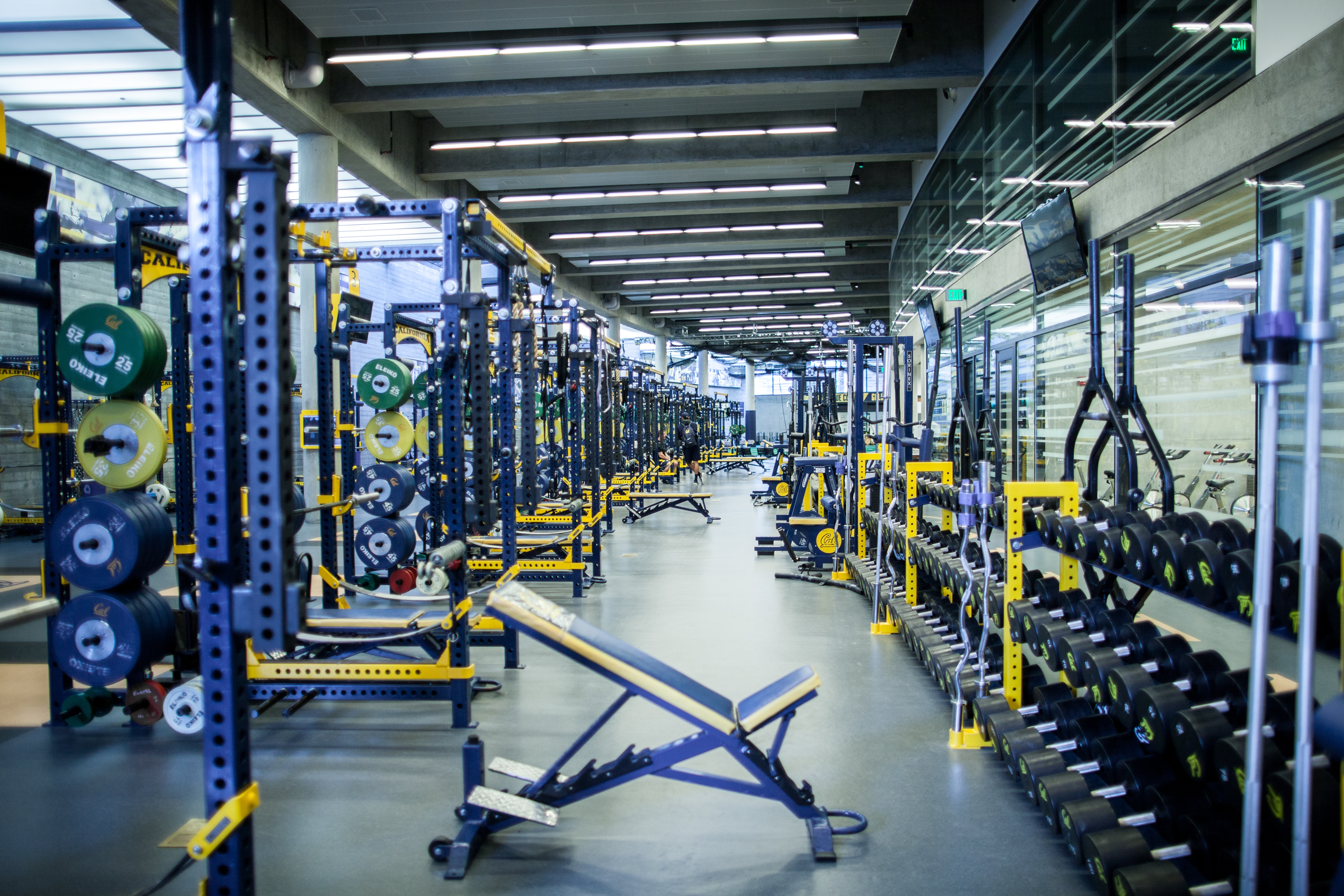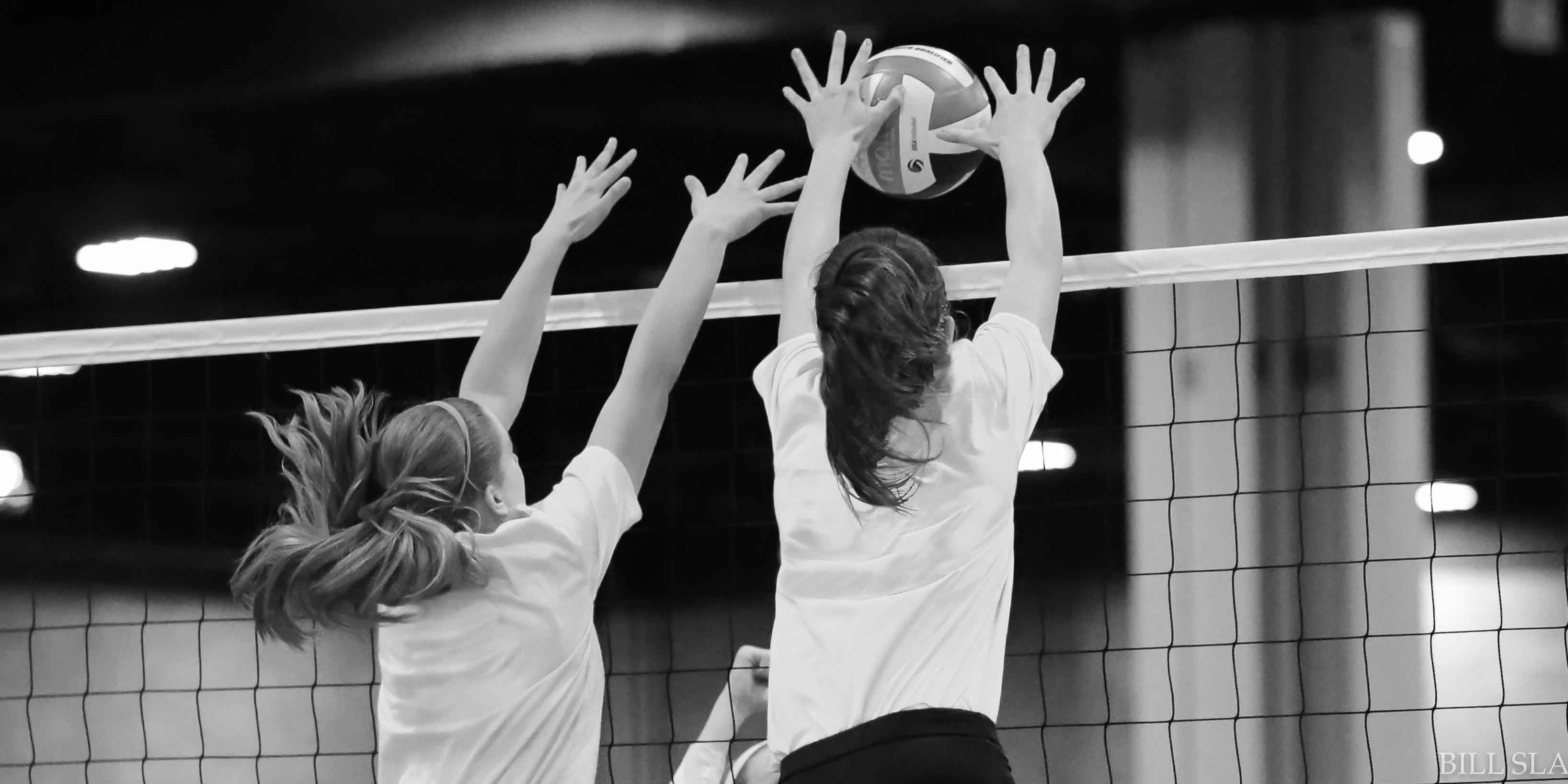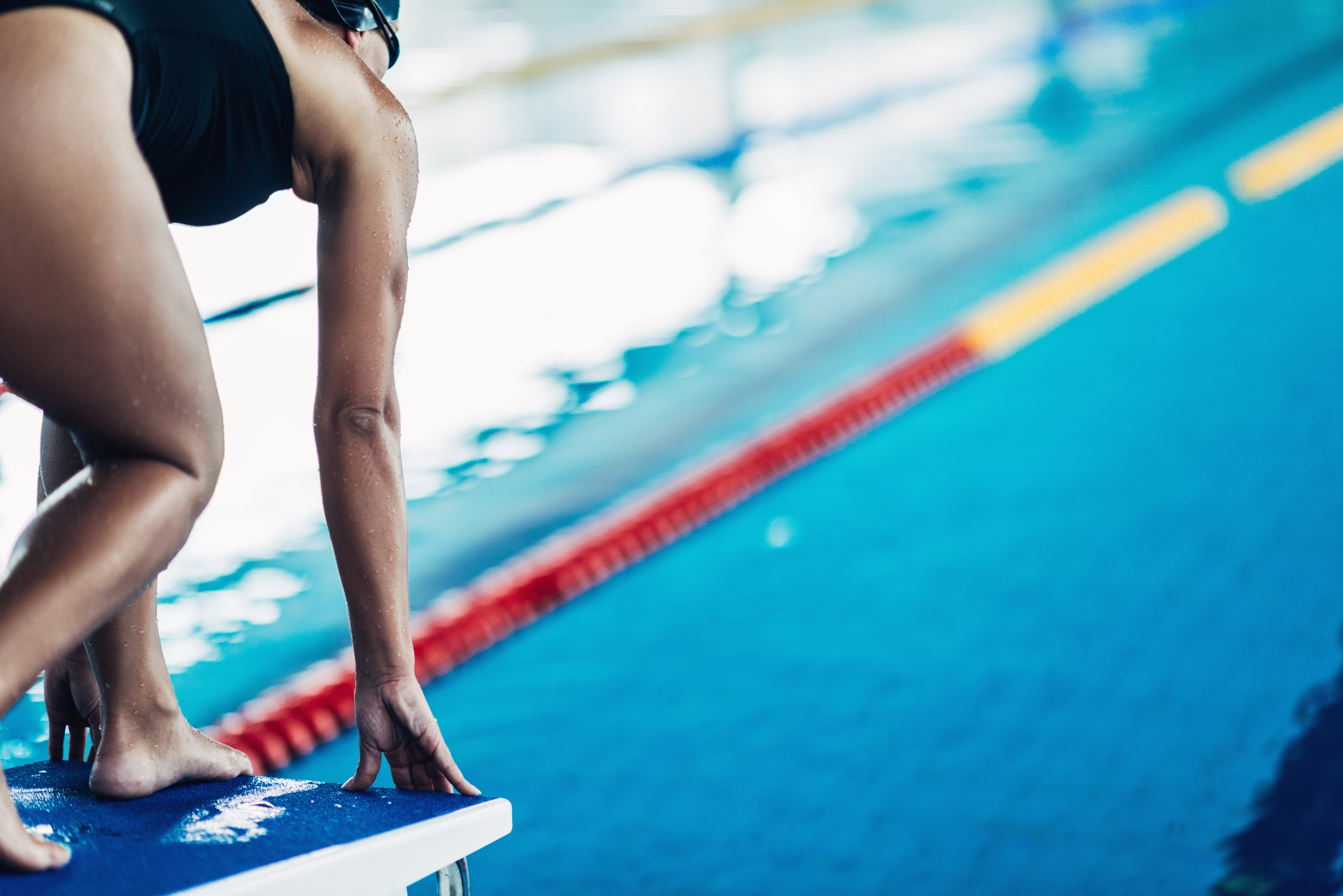Recovery is an important process to implement in training programs for athletes at all levels in order to prevent injury, reduce fatigue, and enhance athletic performance. Immediately after a practice or competition, athletes should actively cool-down and recover using certain methods. All recovery techniques are valuable for athletes at any level, however there are some unique methods that should be emphasized at the youth level.
Read MoreRecovery is an important process to implement in training programs for athletes at all levels in order to prevent injury, reduce fatigue, and enhance athletic performance. Immediately after a practice or competition, athletes should actively cool-down and recover using certain methods. All recovery techniques are valuable for athletes at any level, however there are some unique methods that should be emphasized at the professional level.
Read MorePlaying goalie in water polo is all about reactive speed and quickness. Defending the goal requires a solid foundation so athletes are ready to block the ball, regain balance to react to multiple shots on cage, and be in good position to make an accurate outlet pass. Dryland training is crucial to not only setting a good leg base to stay high in the water the entire game, but also for balance, flexibility, and injury prevention. Check out this article about building a dominant water polo dryland program.
Read MoreShooting is a complex movement for all water polo players. The shot begins in the lower body and ends with an aggressive follow through with your shooting arm. Many water polo players make the mistake of training only rotational and forearm exercises. However, strengthening the entire kinetic chain of muscles is crucial for not only power production, but also for injury prevention. Any weak link in the kinetic chain can send all the force into the wrong area, compromising technique and exposing the body to acute injury. Implementing specific exercises in your dryland program will improve a player's shot.
Read More
Hard work in the gym results in better performance in the pool. Water polo-specific dryland training programs designed for each player’s position, their strengths and weaknesses, and the team’s competition calendar are paying off big time in the pool. Coaches can see the difference in terms of wins and losses. They are also seeing a reduction in injuries and an ability of their players to go hard all season long. Here’s a four-step guide on how to build a water polo-specific dryland program:
Read More
Preseason strength and conditioning programs prepare athletes for their grueling upcoming season. In particular, building a strength foundation is important for improving skills, preventing future injury, and quickly enhancing overall fitness. In the offseason, athletes are resting to mentally and physically recharge for another year of competition. Although preseason strength and conditioning is challenging, it helps athletes transition into high-intensity training and keep them strong throughout their competition season.
Read MoreA large factor in achieving success in volleyball is the ability to quickly anticipate and react to situations on the court. Building a primary set of volleyball mechanics at a young age is important for an athlete’s future strength and quickness training. Once the basics are well practiced, athletes can use sets of progression drills to improve the skills that are already in place. Here are four progression drills proven to enhance player quickness and performance on the court.
Read MoreStrength training, stability, flexibility, and mobility are inextricably intertwined; an athlete cannot excel at one without the other. Greater stability, flexibility, and mobility ensure that athletes maintain proper exercise techniques and reach their full range of motion in order for target muscles to fire and strength to improve.
Read MoreSwimmers train differently depending on their stroke specialty and preferred distance. Butterflyers, backstrokers, breastrokers, and freestylers require unique dryland strength exercises much like how sprint, middle-distance, and distance athletes need variation among their workouts. While the general phases of strength training are the same across all swimmers, there should be particular movements within each workout that translate to the strokes and distances they swim most often.
Read More
